In the previous article I wrote about the basic disadvantages and limitation of the drone: it depends on batteries, has limited range, flight altitude and speed, all of which put it at a disadvantage compared to shooting from a manned aircraft. Granted, the drone is a very different tool to a manned aircraft, but I compare the two to emphasize that the photographer should be aware of the advantages and limitations of each option when planning a shoot.
This time, I would like to discuss another disadvantage of the drone: it’s VERY easy to lose.
To a drone user, crashes are a part of life. Drones keep getting better and safer, they are fit with sensors to avoid collisions, programmed to fly back to the home point when connection has been lost with the remote, but they are still not completely safe from tumbling down from the sky, and they still get lost quite often. Iceland’s Glacier Lagoon and Greenland’s Disko Bay must be a few meters shallower with all the Phantoms and Mavics that have been drowned there over the last decade. A colleague of mine’s clients lost 2-3 Mavics in one photo workshop in Disko Bay! Wow, just wow.
But why is that? How come drones just keep falling from the sky or become lost, never to be found again? If you disregard animal attack and hostile interception (both very rare events), there could only be two main reasons: human error and technical malfunction. Sometimes it can be both factors working together.
Human error
Earlier in this series I referred to drones as being ‘idiot proof.’ That was probably overstating it. Drones are by no means idiot proof, or even not-so-idiot proof. A better term would be ‘idiot resistant,’ as a drone can only correct its user’s mistakes so much – it is, after all, just a machine.
One of my workshop clients once lost a drone when we were shooting next to a lake. The problem was that the lake was a natural wind-tunnel, and a temporary stillness encouraged us to take the drones up. Upon feeling the wind getting stronger I brought my drone down and alerted my client to do the same. He chose to keep on flying, and once the wind grew even fiercer, he quickly lost orientation. A few minutes later the drone crashed down, while still keeping in contact with the remote.
DJI’s remotes have a distance indicator, showing how far the drone is from the home point, and we could see that the drone wasn’t too far away. My client started walking in the direction that kept reducing the distance, but eventually understood that the drone was resting on a mountain on the other side of the lake. It’s probably still there.
There is a lesson to be learned here. First of all, once you feel the winds getting dangerously strong, there’s no shame in bringing a drone back down. Secondly, if you lose orientation, don’t let the drone just drift with the wind. Instead, try your best to fly it back toward the home point. A lower flight altitude usually means gentler winds, so in case the drone isn’t progressing home, try flying lower.
 |
The winds above this beautiful lake in the Argentinean high-altitude desert were blowing so strongly, the drone was being swept farther and farther even though I was flying it at full speed back home. It’s important to keep cool when something like this happens. The best thing you can do is bring it down and fly a few meters above ground – the winds will be much calmer and you’ll be able to get the drone back.
DJI Mavic II Pro, 1/240 sec, f/9, ISO 100. Puna de Argentina |
Another very common avoidable mistake is stretching the battery for too long. A drone’s remote will start protesting when battery level is below some (adjustable) figure. The default for DJI drones is 30%, but this depends on the drone’s distance to the home point. When the battery drops further, the drone will usually alert the user that it will automatically go home in a few seconds. This too can be overridden by the user, in case he or she wants to keep controlling the drone and shoot some more.
Lastly, when the drone is at 10% battery or less, it will automatically and autonomically start landing. But even this can be avoided if the user actively uses the joysticks to keep the drone airborne.
An experienced drone user can sense when they need to bring the drone back. In perfect conditions, without wind, when flying low and close to the operator, there is no real reason to bring the drone back home at 30%, 20% or even 15% battery. If you can bring the drone back in a matter of seconds, by all means, keep flying until you reach 10% and then land it. But when conditions get harder, that’s when experience is critical and you have to keep a close eye on the battery status.
Depending on distance, altitude and (mainly) wind conditions, the amount of battery power needed to bring the drone back may increase significantly. Yours truly has almost lost a drone when wind picked up significantly during an afternoon shoot in a pumice-stone field in the high altitude desert of Argentina. I struggled to fly the drone, which was facing harsh head-winds, and by the time I managed to land, I was on 1% battery (!).
 |
|
It’s easy to be caught up shooting this beautiful Pumice-stone field, but the place is huge and the photographer must account for the drone’s distance and sudden increases in wind forces, or they’re risking the battery emptying before being able to bring the drone back to the launch point.
DJI Mavic II Pro, 1/25 sec, f/5.6, ISO 100. Puna de Argentina
|
I will conclude the discussion of human error-related crashes with a story from my recent Greenland photo workshop. My group was slowly sailing in an iceberg-packed part of Disko Bay. Since we were going to stay in that area for a while, I took out my drone and started shooting aerials of the icebergs.
When the battery was about to run out, I decided it was time to bring the drone back home. But then I realized that the captain had moved the boat several hundred meters, so the home point indicator was useless.
The remote started screaming when battery level reached 10%, and when it hit 5% I knew I had to do something
Moreover, the fact that the boat was sailing between thousands of iceberg – and it was a white boat – made finding it close to impossible. I had no indication of where the boat was or how to get to it. Using the larger icebergs as reference points was also futile, as the distances are huge and I couldn’t judge their location relative to the boat when looking at the remote’s screen.
I was getting nervous. Minutes passed and battery power was continuing to dwindle. For the life of me, I simply could not find the boat. The remote started screaming when battery level reached 10%, and when it hit 5% I knew I had to do something, or lose the drone.
 |
This iceberg, and many next to it, were constantly collapsing, which filled this part of the bay with icebergs. That was great for foreground, but less beneficial in other ways.
DJI Mavic II Pro, 1/25 sec, f/6.3, ISO 100. Disko Bay, Greenland |
I started to drop the drone’s altitude, desperately looking for any possible landing site. At this point I was about 80% sure I would lose the drone. But then, I saw a large, relatively flat iceberg. I decided to land on the iceberg, without knowing if I was going to be able to retrieve the drone from it, even if the landing went well. After landing, the situation was looking grim. I was in a huge bay, with literally thousands of icebergs, one of which had my tiny drone on it. There was no way in hell I would find the drone without help.
What do you know – my drone was peacefully resting on the iceberg
But then our captain’s assistant, who had been though a similar situation, suggested that I use the “find my drone” feature on the DJI app. I had never used this feature, since I always knew how to get to the home point. But in this case, the home point was no longer where the boat was. I used the feature to see the drone’s last GPS location, asked the captain to sail there, and what do you know – my drone was peacefully resting on the iceberg. Luckily, the iceberg was big enough for me to hop onto it from the boat, get the drone and return safely. It was quite a surreal experience.
In retrospect, I could’ve done things differently and avoided the iceberg landing. I subsequently learned that it’s possible to change the home point on the fly in the DJI app, so the return to home feature directs the drone to the current location of the remote. Live and learn! At least I have a good story, and by sheer luck, no harm was done and my drone lived to fly another day.
Technical malfunction
Drones, as mentioned, are machines. And as machines, they can sometimes fail or operate in unexpected ways. The difference between a drone malfunction and a DSLR malfunction, however, is that when the former happens, the drone might not be seen or heard from ever again.
There can be different reasons for a drone malfunctioning. In the past, DJI drones crashes numbered in the thousands due to people flying them when batteries were too cold. This has happened to me too, in Iceland – an event on which I’ll elaborate at a later stage. Due to public outcry, DJI has had to include a better temperature warning system in its newer products.
Greenland’s famous Disko Bay is particularly notorious for drowning drones aplenty. This is mainly due to the large amount of iron in the bedrock, leading the drone’s navigational systems to go haywire. Personally, I’ve never lost a drone in Greenland, but I’ve had my fair share of GPS malfunctions. When GPS fails, the drone starts drifting away with the slightest breeze, which, in extreme cases, can lead to a crash into the water.
 |
|
It’s hard to resist the allure of flying a drone between the ice giants of Disko Bay. Be be wary of GPS malfunctions – they can cost you your drone.
DJI Mavic II Pro, 1/30 sec, f/8, ISO 100. Disko Bay, Greenland
|
Again, the important thing is keeping cool, regaining orientation and preventing the drone from being swept too far away. The GPS system usually comes back up in a short while.
Drones are constantly getting better and more fail-proof. They don’t crash nearly as much as the used to, which is a very good thing. If the worst happens and you do crash a drone just remember: you’re not the first and definitely not the last.
Erez Marom is a professional nature photographer, photography guide and traveler based in Israel. You can follow Erez’s work on Instagram and Facebook, and subscribe to his mailing list for updates.
If you’d like to experience and shoot some of the world’s most fascinating landscapes with Erez as your guide, take a look at his unique photography workshops in The Lofoten Islands, Greenland, Namibia, the Argentinean Puna, the Faroe Islands and Ethiopia.
Erez offers video tutorials discussing his images and explaining how he achieved them.
More in This Series:
- Landscape photography with a drone: Gear basics
- Landscape photography with a drone: the advantages – part 1
- Landscape photography with a drone: the advantages – part 2
- Landscape photography with a drone: the advantages – part 3
- Landscape photography with a drone: disadvantages and limitations – part 1
Selected Articles by Erez Marom:
- Parallelism in Landscape Photography
- Winds of Change: Shooting changing landscapes
- Behind the Shot: Dark Matter
- On the Importance of Naming Images
- On Causality in Landscape Photography
- Shooting K?lauea Volcano, Part 1: How to melt a drone
- The Art of the Unforeground
- Whatever it Doesn’t Take
- Almost human: photographing critically endangered mountain gorillas
Articles: Digital Photography Review (dpreview.com)








































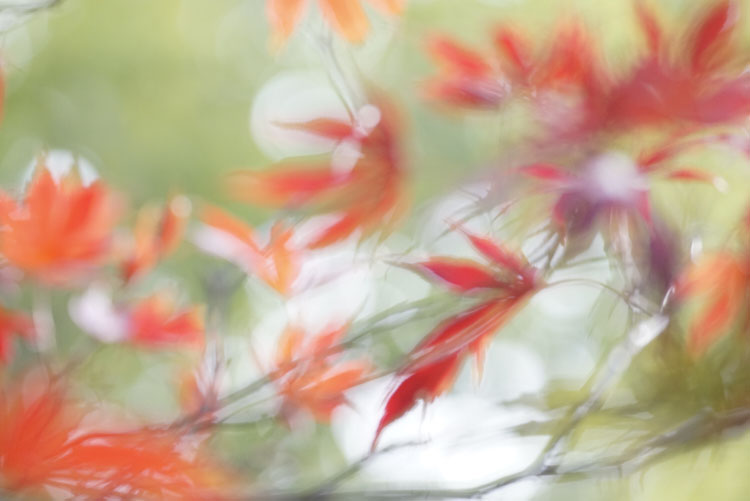
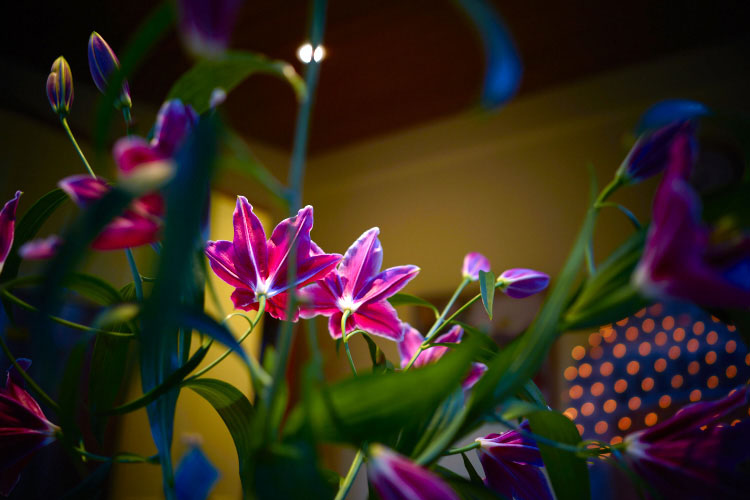
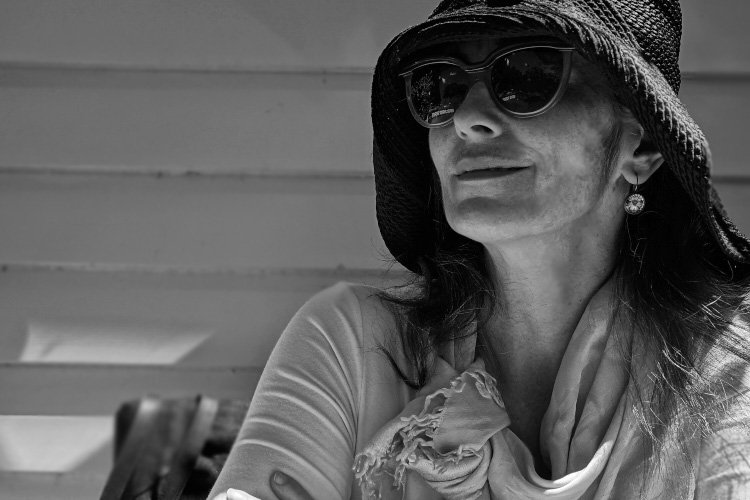
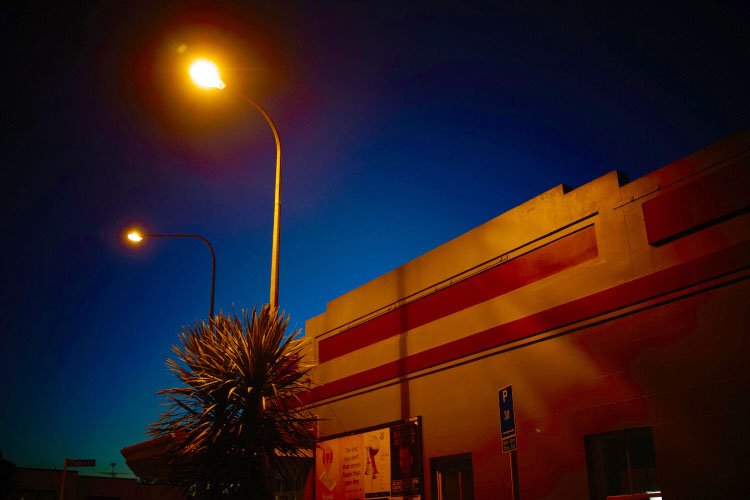

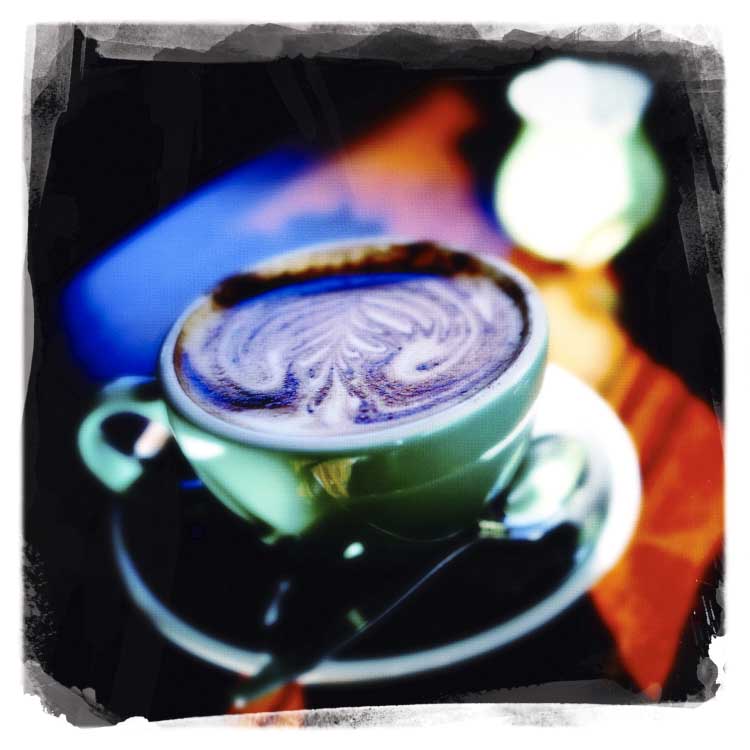
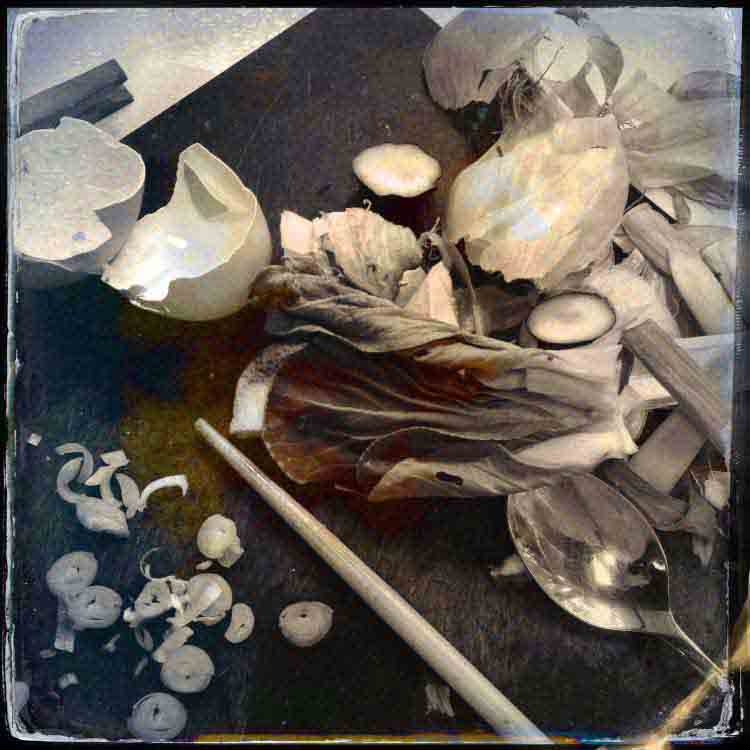
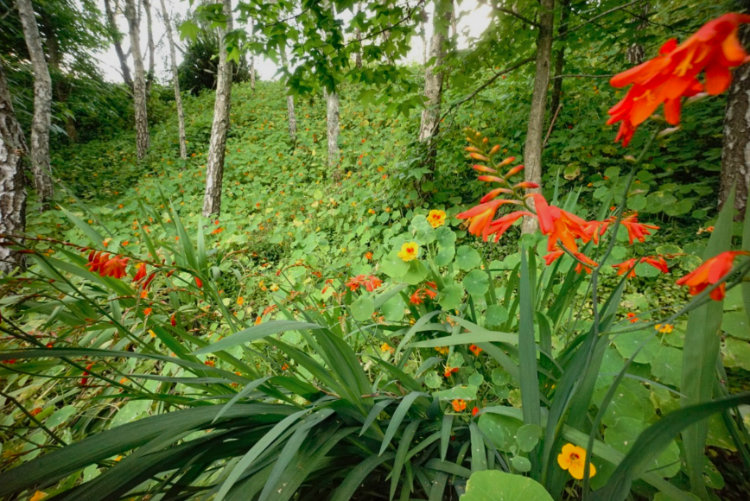
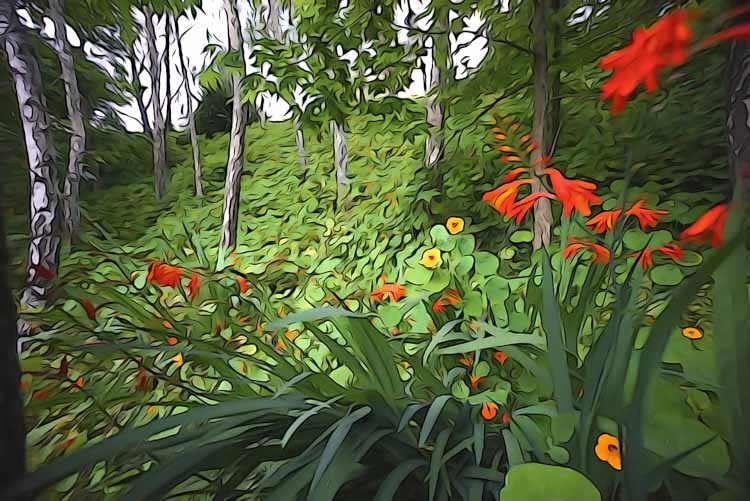

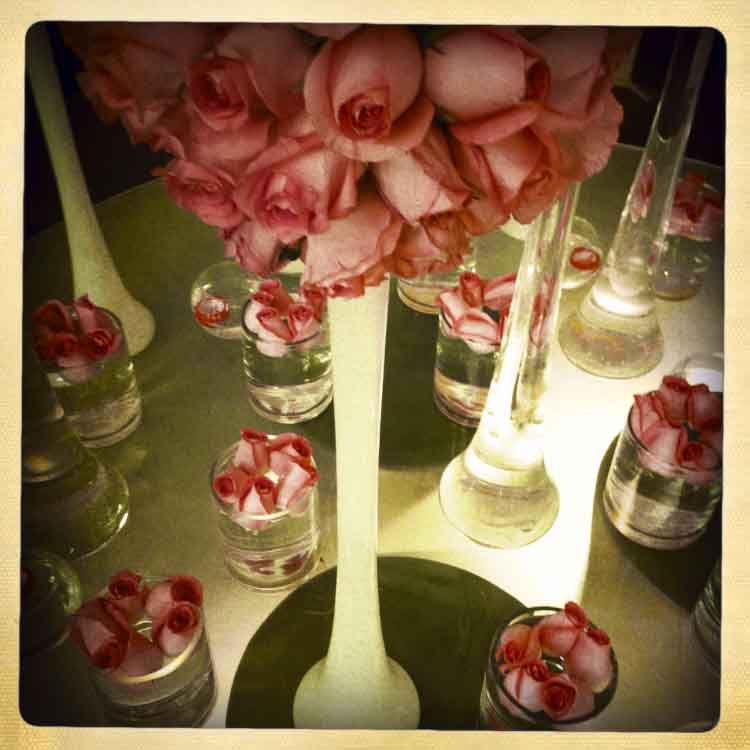





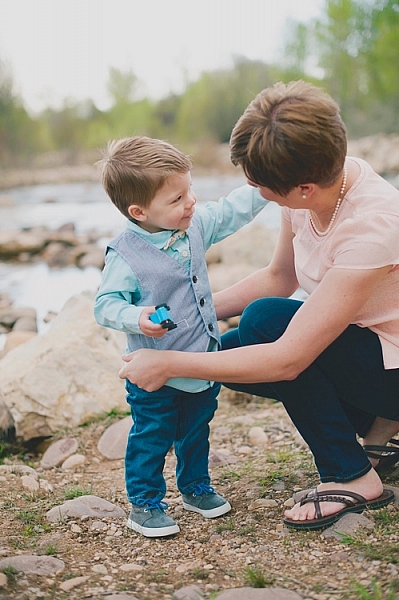




You must be logged in to post a comment.